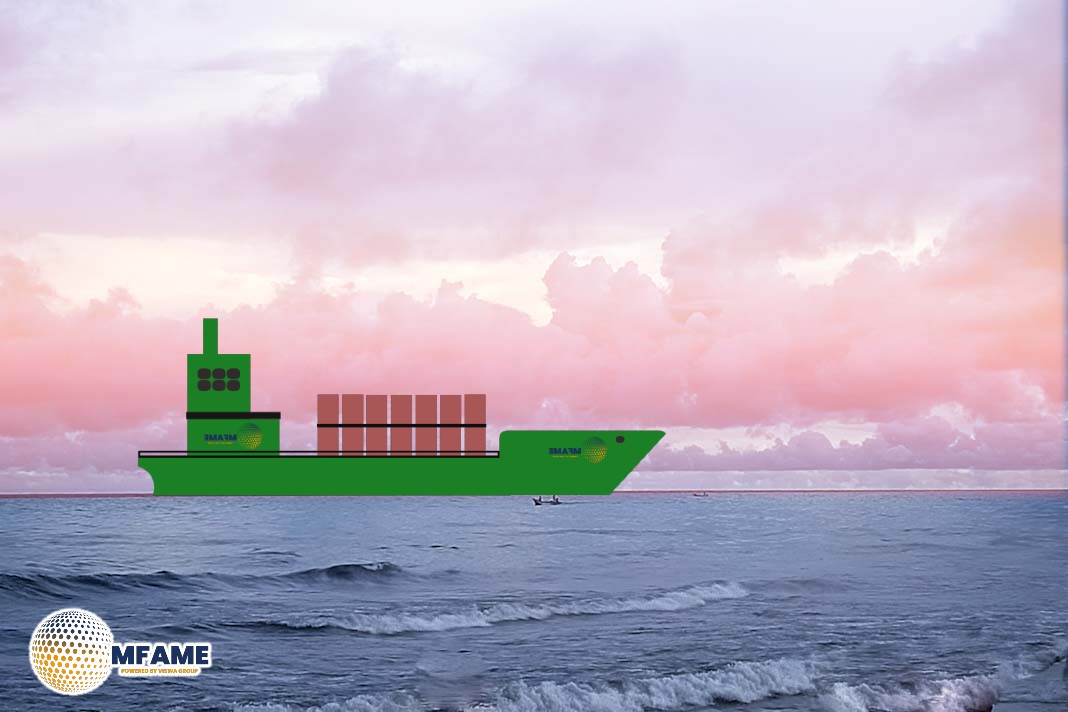The IMO has set a target of net-zero greenhouse gas emissions from shipping by or around 2050. To achieve this, the entire industry, including ports, must decarbonize. While efforts have focused on vessel efficiency and alternative fuels, ports are crucial as they connect fuel supply chains and vessels, reports Mærsk Mc-Kinney Møller Center for Zero Carbon Shipping.
Green Shipping Transition
This report aims to answer key questions related to the green shipping transition, drawing upon insights gained from the work conducted at the Mærsk Mc-Kinney Møller Center for Zero Carbon Shipping (MMMCZCS). Additionally, it provides guidance on the critical first steps for ports in their green transition journey.
The analysis indicates that chemical ports, due to their existing infrastructure and expertise in handling hazardous substances, are better positioned to transition to alternative fuels compared to ports specializing in other cargo types, such as containers. Container ports, while commercially significant, often face challenges such as proximity to urban areas and limited experience in chemical handling, making the transition to alternative fuels more complex.
Alternative Fuel
To identify ports most suited for early adoption of alternative fuels, the report utilizes the Chemical Port Score (CPS), a metric developed to rate a port’s chemical handling capabilities based on its infrastructure and operational experience with chemicals such as ammonia, methanol, LPG, and LNG.
Furthermore, the report introduces the Port Readiness Level (PRL) framework, which assesses a port’s preparedness for bunkering alternative fuels. By combining CPS and PRL scores, a comprehensive understanding of a port’s readiness for the green transition can be achieved, guiding strategic decisions and resource allocation for ports aiming to become part of green corridors.
Given the crucial role ports will play in the maritime industry’s decarbonization, ports must assess their CPS and PRL to understand their current readiness and identify areas for improvement. Chemical ports, with their inherent advantages, are well-positioned to capitalize on their strengths by actively engaging in green corridor projects and other decarbonization initiatives.
Did you subscribe to our daily Newsletter?
It’s Free Click here to Subscribe!
Source: Mærsk Mc-Kinney Møller Center for Zero Carbon Shipping
















